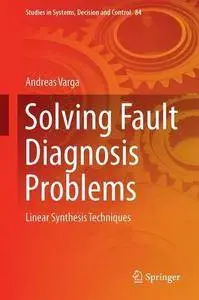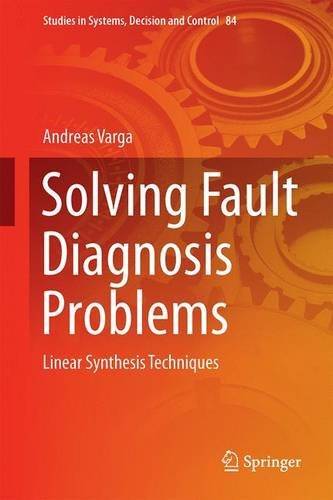Solving Fault Diagnosis Problems: Linear Synthesis Techniques (Studies in Systems, Decision and Control) by Andreas Varga
English | 16 Mar. 2017 | ISBN: 3319515586 | 394 Pages | PDF | 6.04 MB
English | 16 Mar. 2017 | ISBN: 3319515586 | 394 Pages | PDF | 6.04 MB
This book addresses fault detection and isolation topics from a computational perspective. Unlike most existing literature, it bridges the gap between the existing well-developed theoretical results and the realm of reliable computational synthesis procedures.
The model-based approach to fault detection and diagnosis has been the subject of ongoing research for the past few decades. While the theoretical aspects of fault diagnosis on the basis of linear models are well understood, most of the computational methods proposed for the synthesis of fault detection and isolation filters are not satisfactory from a numerical standpoint. Several features make this book unique in the fault detection literature:
Solution of standard synthesis problems in the most general setting, for both continuous- and discrete-time systems, regardless of whether they are proper or not; consequently, the proposed synthesis procedures can solve a specific problem whenever a solution exists
Emphasis on the best numerical algorithms to solve the synthesis problems for linear systems in generalized state-space form (also known as descriptor systems)
Development of general synthesis procedures relying on new computational paradigms, such as factorization-based design based on filter updating techniques and nullspace-based synthesis
Availability of a comprehensive set of free accompanying software tools for descriptor systems, which allows readers to easily implement all synthesis procedures presented in the book and ensures that all results are reproducible
This book is primarily intended for researchers and advanced graduate students in the areas of fault diagnosis and fault-tolerant control. It will also appeal to mathematicians with an interest in control-oriented numerics.



